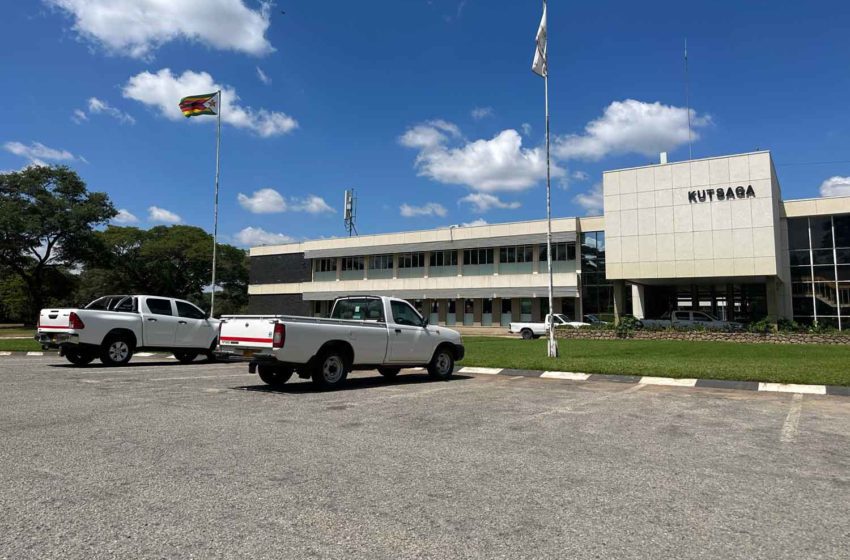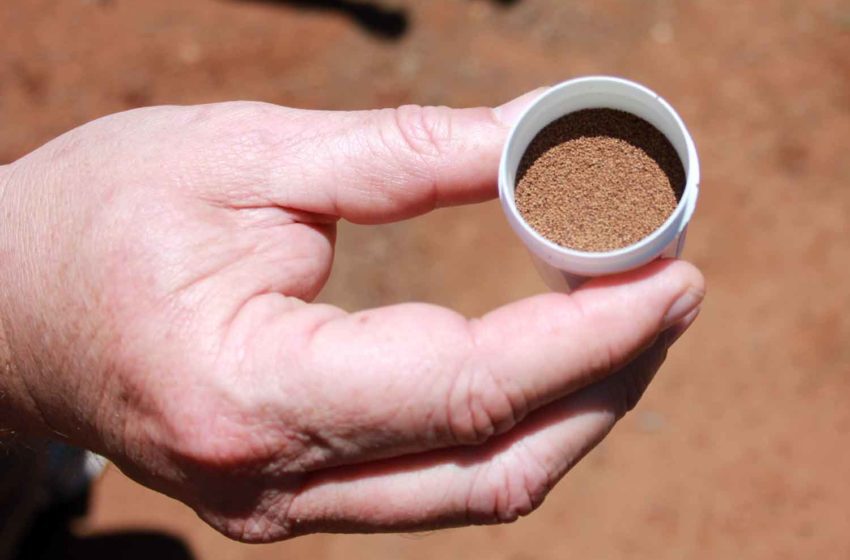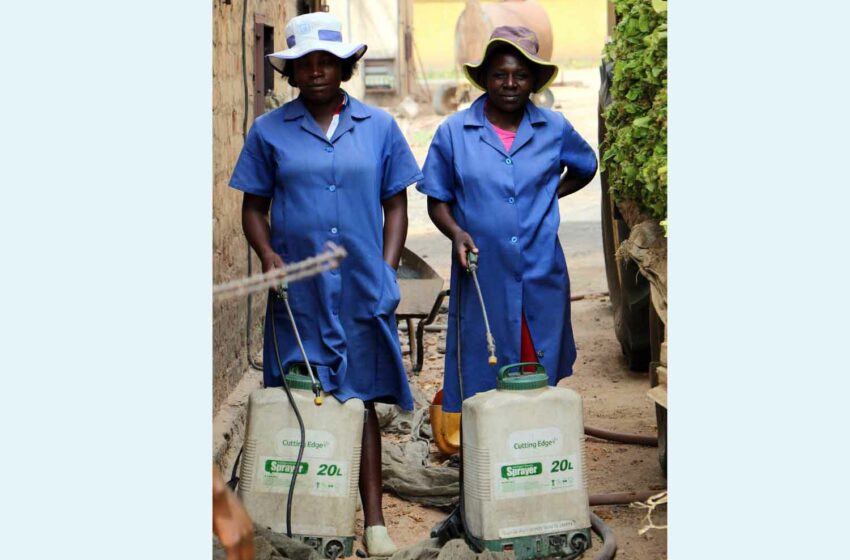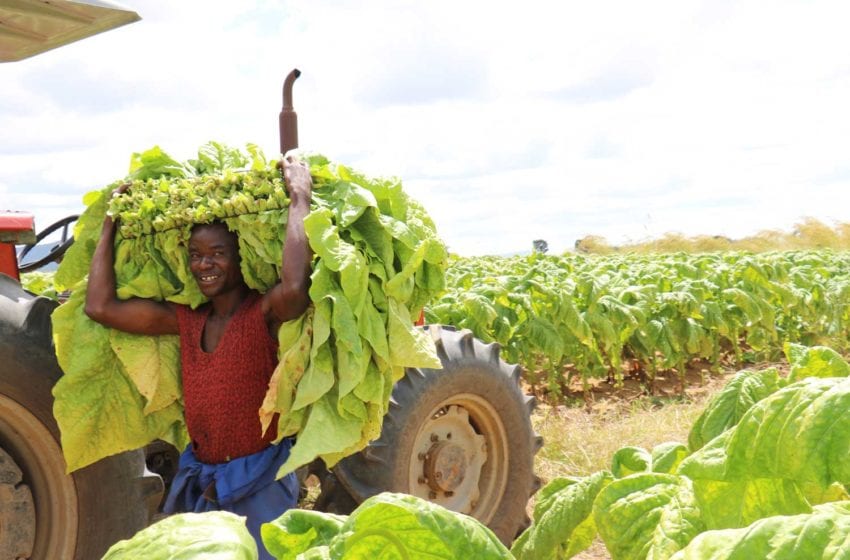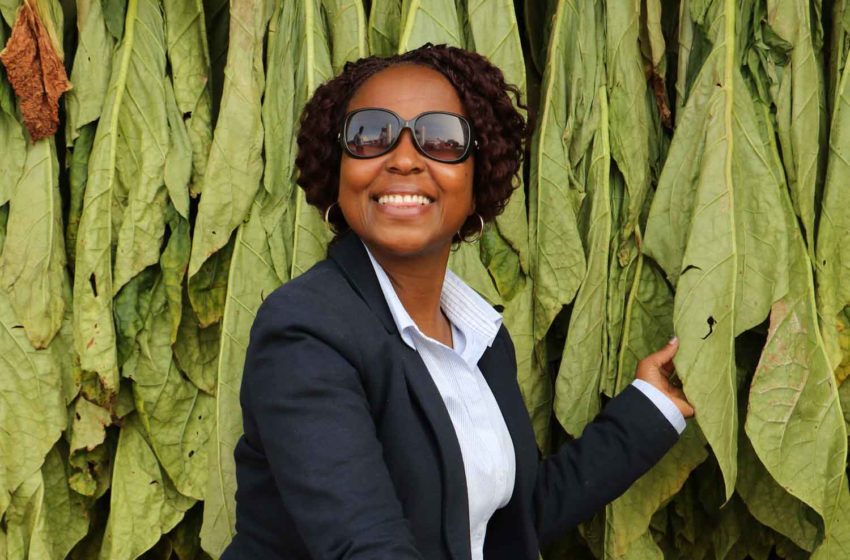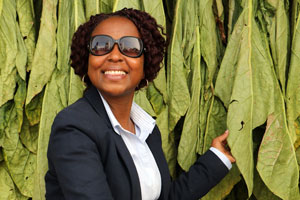The varieties will help growers cope with increasingly challenging climatic conditions. Read More
Tags :Tobacco Research Board
The Research Board assures the industry that supply will not be compromised. Read More
The research board is evaluating new active ingredients. Read More
Heavy rains have increased the risk of pests and fungal infections in Zimbabwe. Read More
By Aug. 8, farmers had procured 847.21 kg of tobacco seed with potential to cover 169,442 ha.Read More
Boosting production through innovationRead More
Farmers have bought at least 925 kg of tobacco seed with the capacity to cover 184,999 ha.Read More
Having led the institution for eight years, Garwe prepares to pursue other interests. Read More
The Tobacco Research Board has enough to supply some varieties for a decade. Read More
